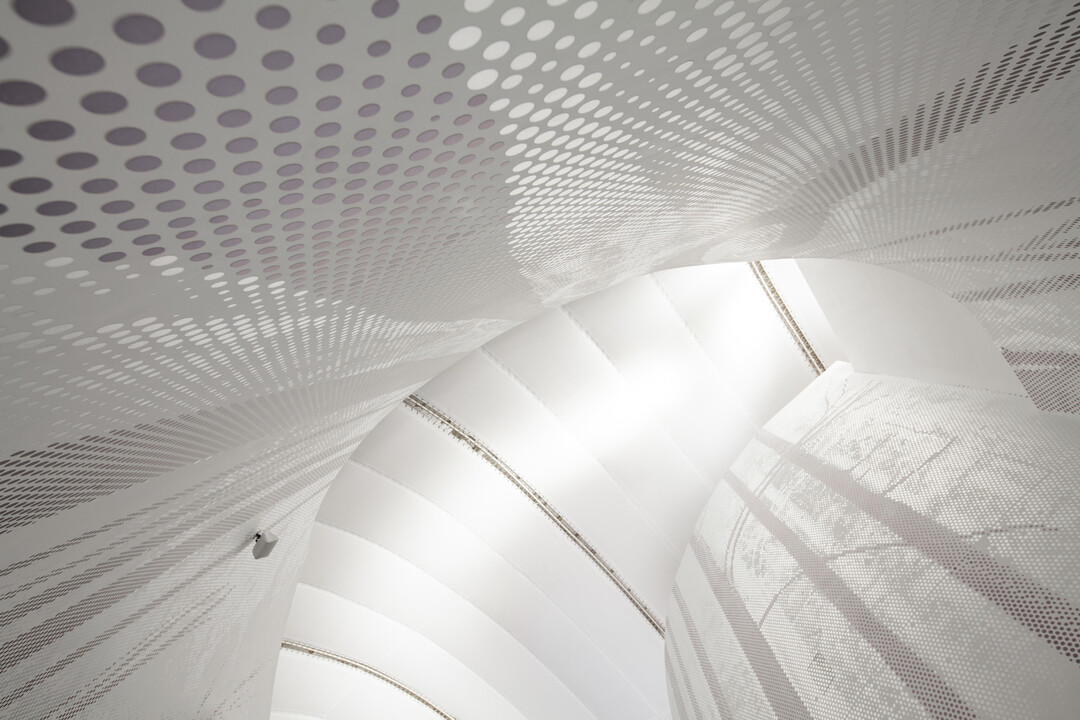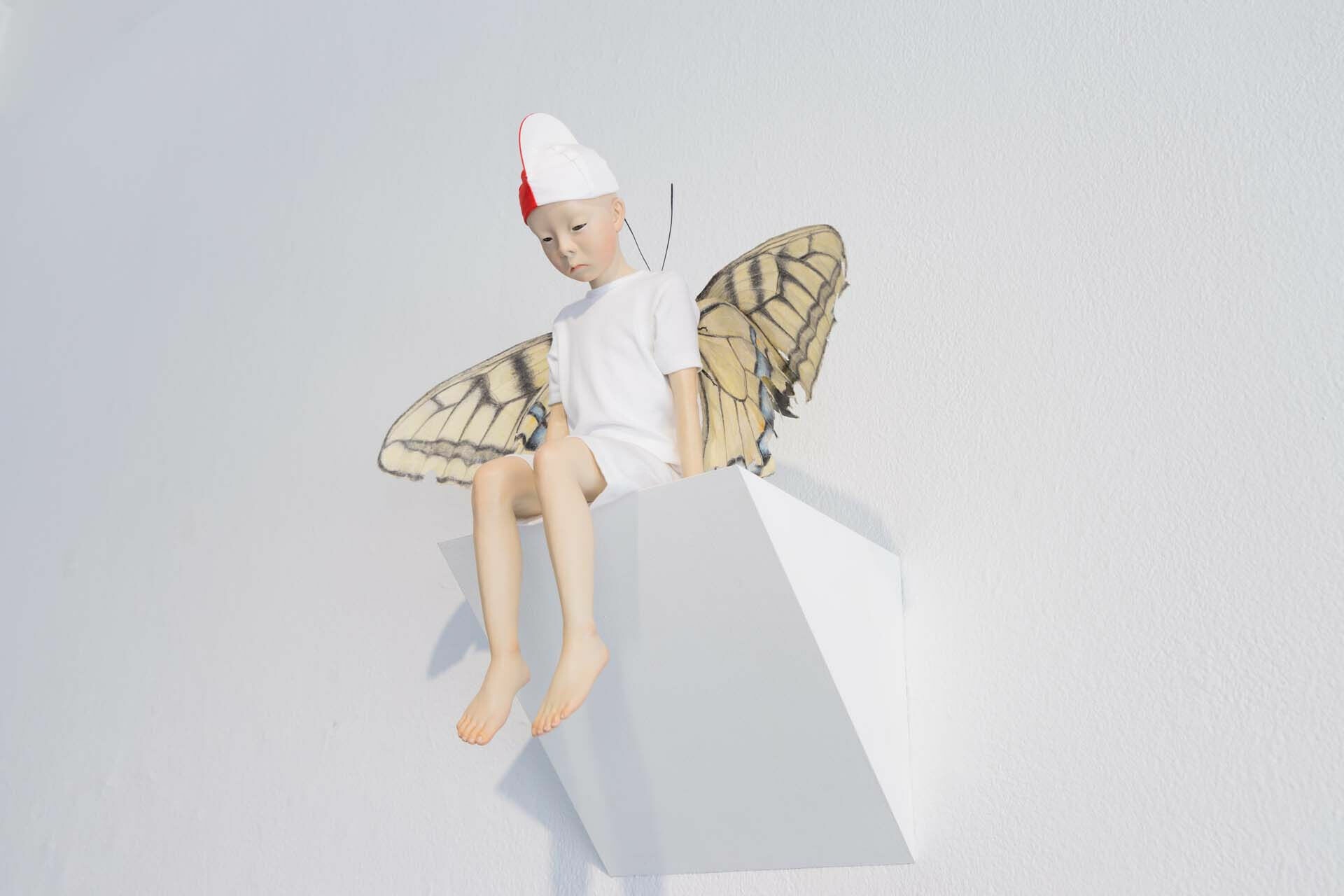
Members Only
加入會員後,點選Members Only即能閱讀更多完整文章及獨家內容。

《Chimeric Sculpture Expressions》由日本策展人岡田慎平親自為大家帶來最完整的策展理念解說,深入六位藝術家的創作宇宙。感謝所有參與嘉賓一同展現對藝術的高度熱情與支持。「Chimera」一詞源自希臘神話中的奇幻生物,指涉一個含有不同生物基因的異種嵌合細胞體,如同藝術家們以當代雕塑突破傳統的藝術形式。
大江慶之 (b.1980)
此次展出穿著體操服的孩子系列作品,將時代記憶停鎖在純真時刻,並融入了骷髏、昆蟲、動物等各式符號隱喻。他們從原來的故事背景中分離,透過拼貼式呈現主角間的關係,轉化為新的意義連結不同的詮釋跟可塑性。
長谷川學 (b.1973)
應用擦畫技巧創作跨度二維和三維的作品,約從2011開始,藝術家以軍用武器為主題。以刀槍堅硬、冰冷的質感與鉛筆鉛色間的反差魅力,型塑戰爭傷痛的不可逆對應鉛筆紙張的可抹除性,帶領觀者以新的世界觀審視權力社會。
小池一馬 (b.1980)
在阿根廷布宜諾斯艾利斯度過了童年,和巴塞隆納度過了高中時光。身受島族文化拜物信仰的影響,藝術家融合東西方文化,運用祭祀常用的媒材黑陶來創作,結合不同時代的遺跡圖像以「想像中的古代遺跡」為主題,觀察不同元素和諧共存的狀態,以及物體意義改變的過程。
菅原玄獎 (b.1993)
身為被各式數位產品圍繞成長的「數位原住民」,作品強調微妙的質感、觸感和匿名性。此次展出作品皆以灰色製成象徵臨界地帶,消除了其個體差異,以藝術創作回應現代社會的加速變化和表淺現實。他將當代消費主義場景融入雕塑質感中,勾勒著當代社會人類的形體,並試圖藉由其藝術表現中隱匿的紋理和觸感指涉現今世界的瞬息萬變和現實的不穩定性。
髙橋銑 (b.1992)
此次展出的「鑄與腐」系列作品,以青銅修復的保存工藝處理胡蘿蔔,探論當時間推移,將青銅雕塑與胡蘿蔔置於同一時間線,觀想物質性的保存和消逝,最後指向核心問題:什麼丟失,什麼留下?